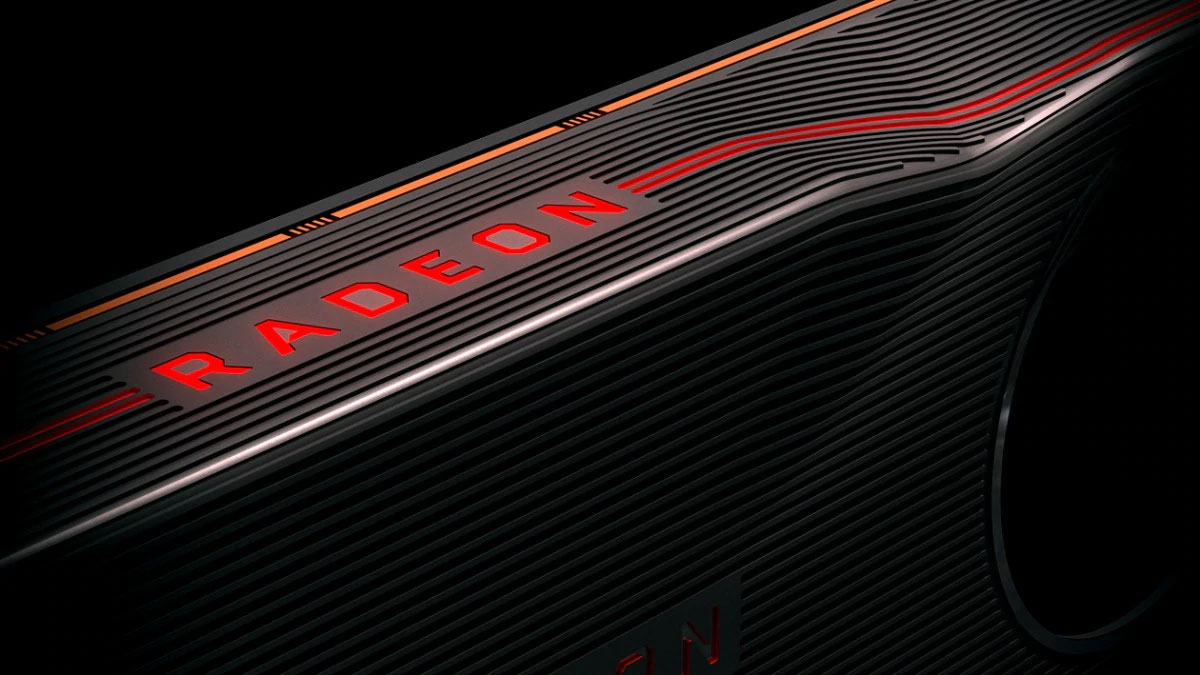AMD is ahead of Nvidia in overall GPU shipments for the first time since 2013
It made up some major ground in discrete-only GPU shipments, too.

AMD might not own the GPU performance crown, but it was able to snag away a significant portion of discrete graphics card share from Nvidia, and leapfrogged its rival in overall GPU shipments.
That's according to a fresh report from Jon Peddie Research (JPR), a market research and consulting firm that routinely tracks these things. For the second quarter of 2019, JPR's data has AMD owning a 17.2 percent of the GPU market, up an impressive 9.2 percent from the previous quarter.
Meanwhile, Nvidia stayed relatively flat at 16 percent (technically a 0.1 percent decline). Intel, on the other hand, lost 1.4 percent, but is still way out ahead with a lion's share of the GPU market at 66.9 percent.
Here's a breakdown of how things stand, versus last quarter and last year:
- AMD—17.2 percent (up 1.5 percent sequentially, up 2.4 percent YoY)
- Nvidia—16 percent (down 0.1 percent sequentially, down 1 percent YoY)
- Intel—66.9 percent (down 1.4 percent sequentially, down 1.4 percent YoY)
Bear in mind that these numbers include all computer graphics shipments (though not console GPUs), including AMD's accelerated processing units (APUs). That's why Intel is way out ahead—a large portion of its processors have integrated graphics, and it ships a lot more CPUs than AMD, especially once you factor in laptops.
Still, AMD's rise is notable, given that it hasn't been ahead of Nvidia for the past five years. The recent gain was not all due to integrated GPUs, either.
When looking at graphics cards for desktop PCs, AMD now accounts for nearly a third of the market, at 32.1 percent. That still leaves Nvidia with a big majority at 67.9 percent, but if we go back just one quarter, AMD was sitting at 22.7 percent. That's a 9.4 percent jump from one quarter to the next. And if we go back to the end of the 2018, Nvidia was sitting at 81.2 percent.
Keep up to date with the most important stories and the best deals, as picked by the PC Gamer team.
The split is a little more lopsided in laptops, where Nvidia's discrete GPUs hold a 74 percent share to AMD's 26 percent.
Here's why Nvidia should be concerned. The discrete GPU figures take into account its GeForce RTX 20-series and GeForce GTX 16-series, both based on its latest Turing GPU architecture, but AMD's recently launched its Radeon RX 5700 series. Graphics cards based on AMD's Navi GPU came out in July.
Navi could very well add to AMD's momentum, both in overall and discrete GPU shipments. And this is all happening without the benefit of ray tracing support, as it pertains to AMD.
It's probably a bit optimistic to hope for a GPU price war, but hey, anything is possible.
Paul has been playing PC games and raking his knuckles on computer hardware since the Commodore 64. He does not have any tattoos, but thinks it would be cool to get one that reads LOAD"*",8,1. In his off time, he rides motorcycles and wrestles alligators (only one of those is true).


